Ancient tree tea is only found in the ancient six tea mountain regions of Yunnan, making its yield extremely scarce. Ancient tree tea must be pure; if mixed with terrace tea or other non-ancient tree tea leaves during processing, it is no longer considered ancient tree tea but rather blended tea. Ancient tree tea holds high storage and appreciation value, whereas terrace or blended tea has limited potential for appreciation.
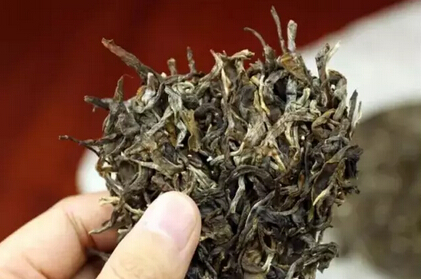
In identifying ancient tree tea, many people fall into the misconception of judging by leaf size or thickness, assuming large, thick leaves indicate ancient tree tea. In reality, leaf size and thickness are unrelated to whether the tea is ancient; they depend on the tea variety. Tea plants can be large-leaf or small-leaf, thick-leaf or thin-leaf. Some sellers use terrace tea with large, thick leaves, lightly rolled to create loose strips, to pass off as ancient tree tea. Ultimately, identifying ancient tree tea requires tasting and sensory evaluation.
Aroma
This is one of the key factors in identifying ancient tree tea. Different tea tree root depths and soil environments lead to varying nutrient uptake, resulting in distinct aromas. Ancient tree tea absorbs deep soil minerals, reflecting the unique characteristics of each mountain, such as Yiwu's honey aroma and smooth texture or Nannuo Mountain's fruity honey notes. Choose tea with a rich, lasting, and unique aroma that is deep and stable. The aroma's stability can be observed by smelling the fairness cup after the first infusion—whether it is strong and sinking. Terrace tea rarely achieves this, especially in hot, warm, and cold stages. The longer the aroma lasts, the richer the tea's substance.

Sweetness
Here, "sweetness" refers to the direct sensation on the tongue after sipping, not to be confused with aftertaste. Ancient tree tea's sweetness is elegant and clean, often overshadowed by the aftertaste. With experience, one can separate and appreciate these flavors. Beginners may find it hard to detect.
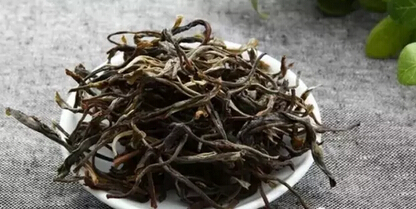
Tea Soup
Newly processed tea is not necessarily golden yellow but often yellow-green and not entirely clear. Fresh tea needs a 2-3 year "resting" period. After the first 3-5 years of transformation, ancient tree tea soup tends to be bright yellow or golden. The soup's texture is key to judging richness. Thick, substantial soup with quick and lasting sweetness, balanced bitterness that dissipates quickly, and strong activity lasting 20-30 minutes are signs of quality. Stability through 8-12 infusions and fast aging potential indicate high收藏 value. Terrace tea with insufficient substance will taste thin in comparison.
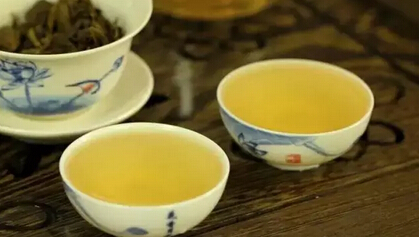
Aftertaste and Salivation
Aftertaste and salivation are basic tea qualities. Terrace tea shows these quickly but fades after 6 infusions. Ancient tree tea maintains these steadily and持久.
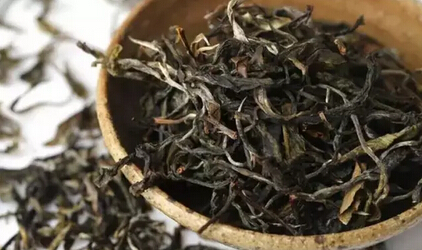
Bitterness and Astringency
Bitterness and astringency are also key to judging tea quality. They are inherent to tea but must transform into sweetness and salivation quickly. Strong, lingering bitterness may indicate young trees or fertilizer use (e.g., urea), which alters soil alkalinity. Bitterness is not "tea energy" nor a sign of刺激; it is a flaw. A practical test: let tea cool and re-taste. If bitterness intensifies but aroma, sweetness, and salivation remain, it indicates rich substance and stability—a hallmark of ancient tree tea.
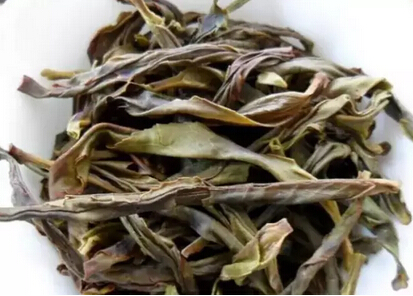
Throat Sensation
Throat sensation is the third key to identifying ancient tree tea. It manifests as a cool, comfortable feeling in the throat, easing breathing and leaving lingering sweetness and aroma. This sensation lasts 20-30 minutes, with deeper throat resonance indicating richer substance. Terrace tea lacks this due to insufficient depth.
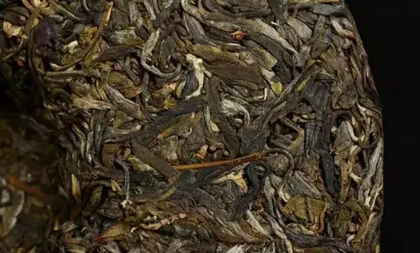
Endurance
This refers to the tea's耐泡度. Standard brewing uses 6-8g of tea in a porcelain盖碗, with mineral water boiled gently. Each infusion lasts 10 seconds, poured evenly. This method objectively tests endurance. If flavors weaken in any infusion, that marks its limit. Terrace tea typically fades after 6 infusions; ancient tree tea lasts 8-12+. Endurance reflects stability and richness, crucial for aging potential.
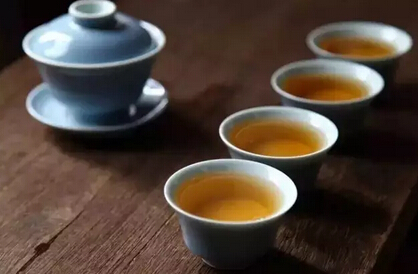
The above methods are personal经验 for identifying ancient tree tea. Not all may be accurate, so discussion is welcome. Truly good tea transcends labels like "ancient" or "terrace," but market price gaps and fraud necessitate consumer discernment to avoid costly mistakes.